Pagan in Paris: A Pagan Guide to The Louvre Museum
Communing with Ancient Pagan Statues of Goddesses and Gods!
The Louvre Museum is one of the most impressive museums in the world. Frankly, it can be downright overwhelming as there is so much to see. When Ryan and I lived in Paris (from 2000-2005), I was blessed to be in my early 20s and therefore eligible to purchase the Louvre Carte Jeune1, which was only 100 francs (later 20 euros) per year, and allowed anyone under the age of 28 to visit the Louvre at any time, bypass the line, and even visit the museum when it was otherwise closed to the public.
The Louvre became my second home. I visited at least once a week, often more, and sometimes I would just sit in the galleries and write (I wrote most of my first novel in this sublime environment). This also afforded me ample opportunities to spend an entire day in a single room or section, enjoying the art at a leisurely pace, and most importantly (as a pagan), taking time to commune with the statues and pay homage to the deities and heroes they represent.
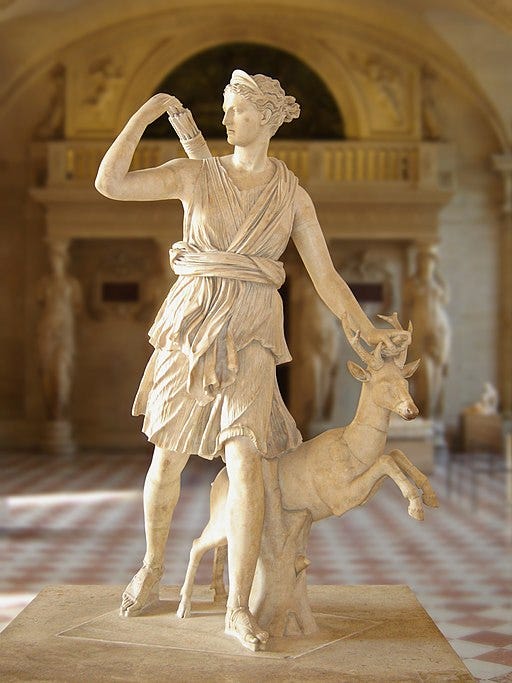
Which is not to say that it’s easy being a pagan at the Louvre. So many of the classical sculptures are so impressive that my inner polytheist often felt like I should pour a libation of wine onto the ground, leave an offering, or perform a full ritual before the sacred image. That obviously didn’t happen in a crowded public museum (otherwise I might have made the nightly news after being carried away in my ceremonial robes by security guards). So I needed to be creative and find other more appropriate ways to honor the gods.
I call what I do “communing with the statues.” I’m not sure if I can accurately describe something so intuitive and non-rational, but if you can understand the feeling of sitting on a beach or in a forest and “communing with nature,” then you can perhaps comprehend my process of communing with the statues. These aesthetically transcendent statues are so much more than mere objects. They are sacred images of the goddesses and gods. They were created by artists who believed in the gods, who were capable of honing their creativity and skill to give a material form to their own visions of the divine. The same feeling of reverence, the overwhelming shock of the sublime that I often feel in a beautiful landscape, is akin to my feeling for these statues. And even in a crowded public place, that feeling can be shaped into a sacred moment, a genuine spiritual experience, in which we can communicate with and honor the gods.
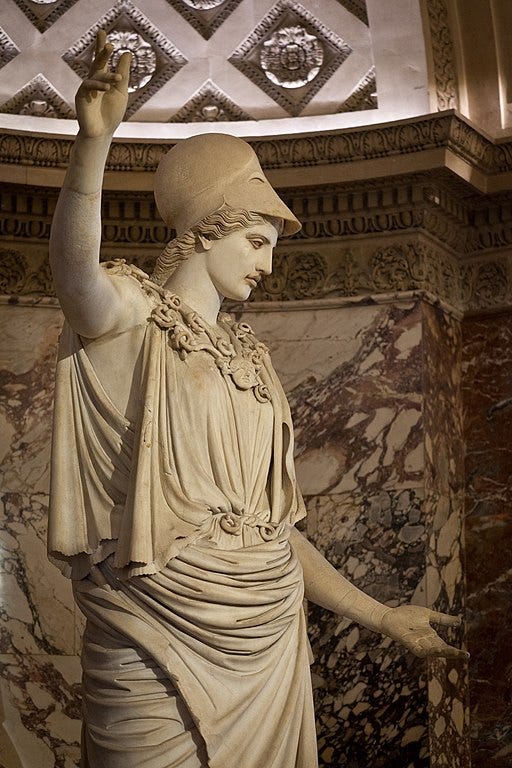
I will often tune out the surrounding chatter and stand before a statue in silent prayer. If there is a nearby bench in the room, I can sit in quiet contemplation, perhaps writing down my thoughts and impressions of the statue. Artists may feel compelled to make a sketch of the statue, while my fellow poets may want to compose a hymn or some verse inspired by the deity. And there is nothing comparable to meditating before one of these ancient statues, knowing that they are mediums between this world and the gods, and that you are not the only soul to have gazed upon the beauty of this human creation and perceived a glimpse of the divine.

Over the years, I have given many guided tours of the Louvre to art lovers from a wide variety of backgrounds (most of whom were not even pagans!). So, regardless of your own spiritual proclivities, if you have a chance to visit the Louvre, here are a few key tips for everyone:
You are not going to see everything. It’s physically impossible. The Louvre is the largest and most visited museum in the world. I spent nearly five years visiting the Louvre on a weekly basis and I still haven’t seen everything. If you try to see too much in one visit, or spend too long without taking a break for lunch (or just a repose), you will become overwhelmed. It’s almost too much beauty for the human mind and soul to take in at once. The sooner you accept this fact, the more enjoyable and positive your experience will be. To put things in perspective, there are over 480,000 objects in the museum’s permanent collection (which doesn’t include rotating temporary exhibits). If you wanted to spend one minute looking at every object, you would need to visit the Louvre for ten solid hours every day for over two years before you could see everything in the museum’s primary collection. And considering you could spend hours contemplating a single painting or statue . . . you see the quandary. You need to have realistic expectations and not get upset when you can’t see everything.
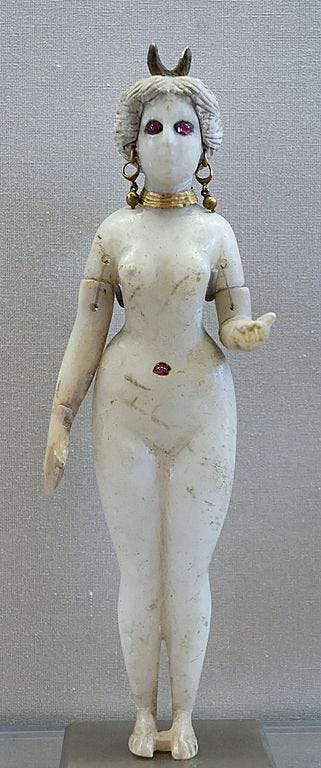
Take your time. Since you have accepted the fact that you cannot see everything, there’s no need to rush. It would be better to take a few minutes (or longer) to truly appreciate and contemplate a single statue (or painting or objet d’art) than to rush through an entire room so that you can “see everything” without really taking anything in at all. It’s like skimming a good book . . . what’s the point? I often see tourists racing forward, their phone or tablet pointed at the walls, as they rush through the museum, completely oblivious to the art. I don’t get it! It would be better to just buy a few postcards, or art books, or even just look at high-quality images online!
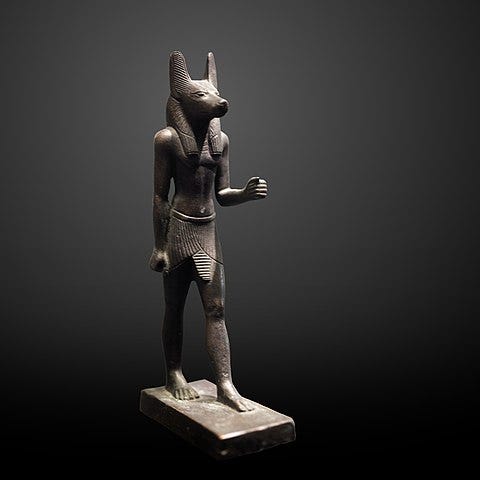
Figurine of Anubis. Bronze, Late Period of ancient Egypt (between 664 BCE and 332 BCE). [Rama, CC BY-SA 3.0 FR , via Wikimedia Commons] A friend of mine used to tell a horror story about witnessing an American mother and child at the Louvre. The mother was a stereotypical American tourist (I’ll let your imagination fill in the aesthetically unpleasant details . . . though I think it was David Sedaris who asked, “Why do Americans visit other countries dressed like they’re there to mow the lawn?”). At any rate, this woman was rushing through the Louvre at a breakneck speed, with a video camera in one hand, dragging her poor child (a little boy of about eight or nine) in the other. When the little boy stopped and said, “Mom! Wait! Look! It’s the Mona Lisa!”, his ogress of a mother slapped him on the behind and barked, “You can see it on the video when we get home!” Obviously, this is horrific on so many levels. So take your time to contemplate and enjoy these sublime works of art, these cultural treasures, these pinnacles of human achievement. Don’t be an ogress.
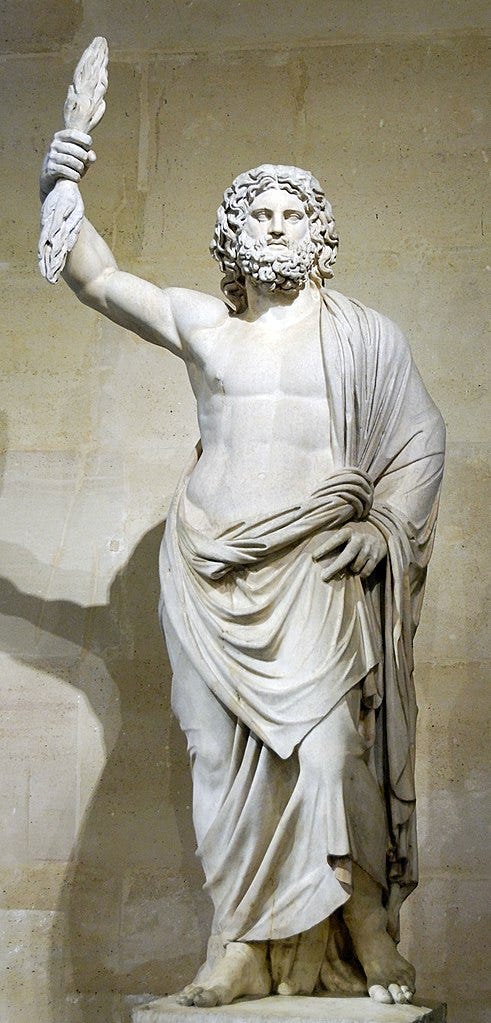
Focus. Focus. Focus. Choose a general area/topic to focus upon on your visit, perhaps two or three if you are feeling ambitious and have both the stamina and willingness to take a break when you’re tired. Whether you are pagan or not, I must recommend the three primary collections of antiquities (all with ample statues of ancient goddesses and gods): The Department of Greek, Roman, and Etruscan Antiquities, The Department of Egyptian Antiquities, and The Department of Near Eastern Antiquities. That being said, the Italian Renaissance paintings and sculptures are justly famous, and many (especially the sculptures) involve classical themes. The large-scale 18th and 19th-century neoclassical and Romantic French paintings are likewise filled with exquisite mythological scenes. The Dutch masters, Napoleon’s opulent salon, and sections on subjects ranging from Islamic Art to the Medieval Decorative Arts are all valuable and worth seeing on their own merits. But there’s just not time to do everything. So pick a department or two, perhaps find a few specific works of art you definitely want to see, and plan your route in advance. To give you one example, on one recent visit I spent over six hours at the Louvre (which is honestly more than I would recommend for most people) and I only saw a small portion of the Greek and Roman Antiquities collection (not even half) and nothing else.
Be aware that the items on display are constantly changing. The Louvre collection is so huge that everything cannot possibly be on display at the same time. Many amazing and important works of art are on loan to other museums, in storage, or located in a hall that is closed or under renovation. This is *especially* true of the Greek and Roman antiquities section. Due to room closures and renovation, right now I would estimate that *less than half* of the classical sculptures that were on display twenty years ago are on display now. This means that many significant works of art are just not available. I was honestly shocked during my last visit to see so many room closures, with several giant halls of precious statues wrapped in plastic and unavailable to the public, including many, many iconic statues of the gods. So try not to be too disappointed if the Ares Borghese or Braschi Antinous are nowhere to be seen.
Have fun! Last, but certainly not least, enjoy yourself! Visiting a museum should never feel like a chore or an obligation. Let alone a frenzied scavenger hunt where you need to check everything off the “must-see” list! You’ll have a much more positive experience when you remind yourself that works of art are meant to be appreciated, contemplated, and enjoyed. What’s the point if there’s no joy?
The key to enjoying any museum is (to quote Joseph Campbell): Follow your bliss. And I find my bliss communing with pagan statues in one of the greatest art museums in the world.
If you’re looking for some divine statues to commune with, here are a few of my favorites:
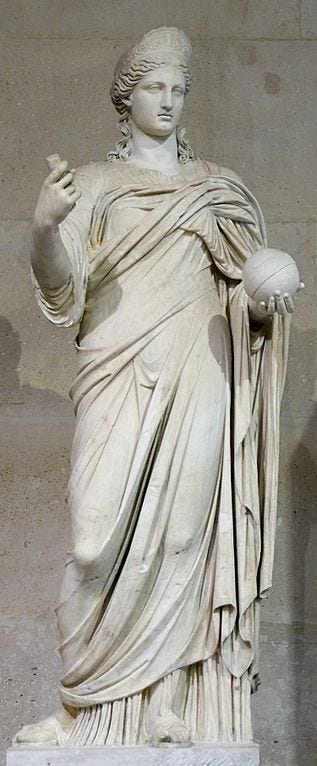
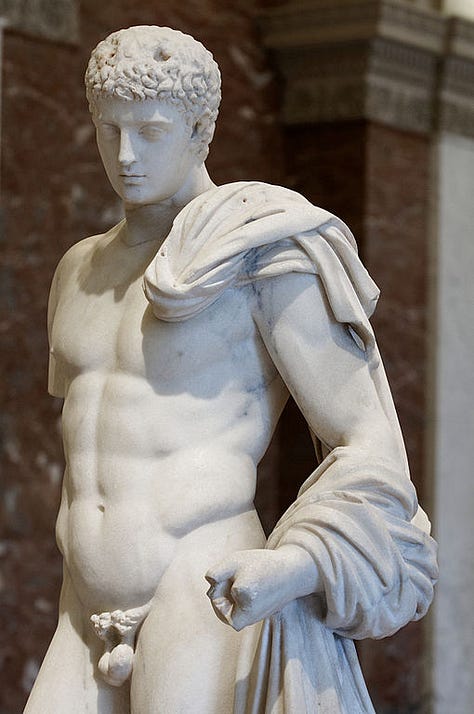
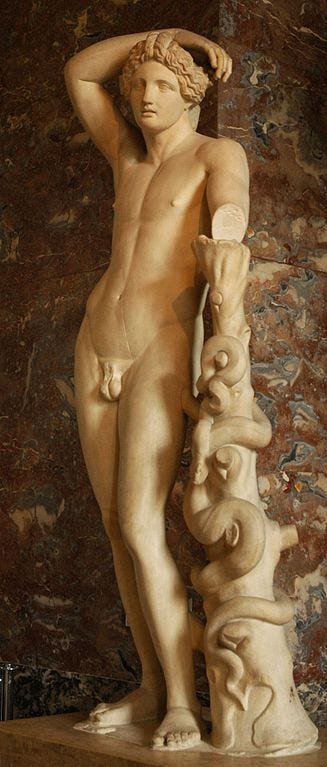
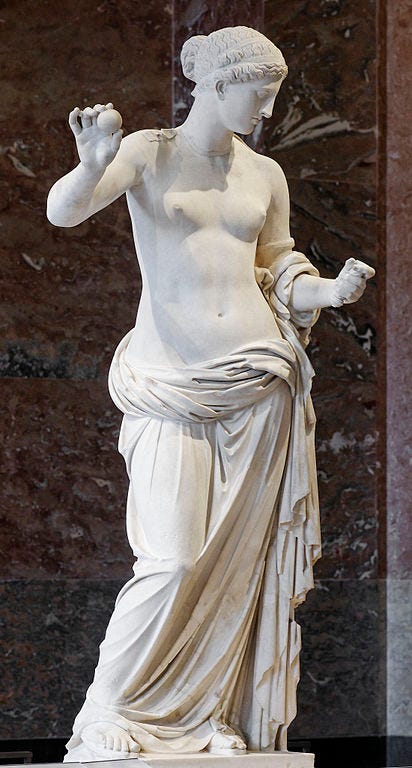
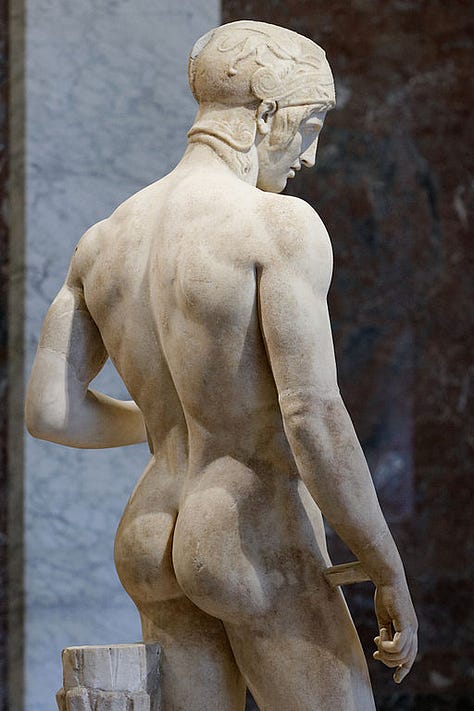

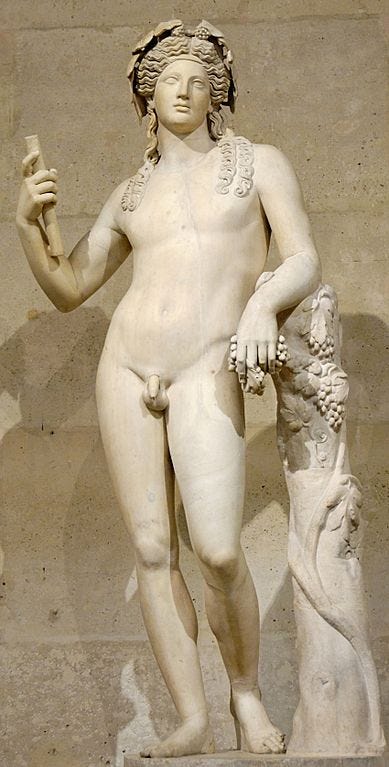
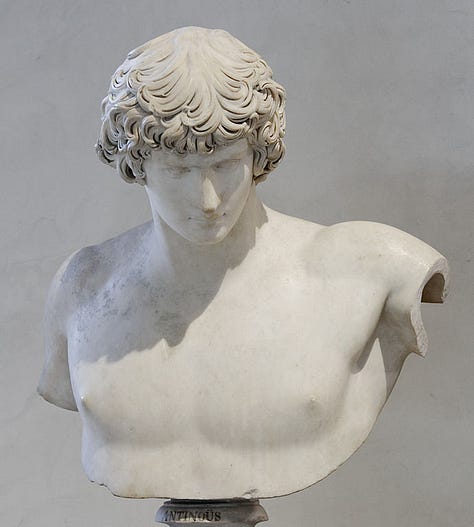


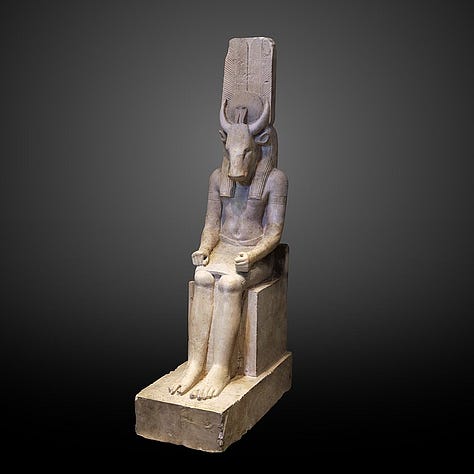
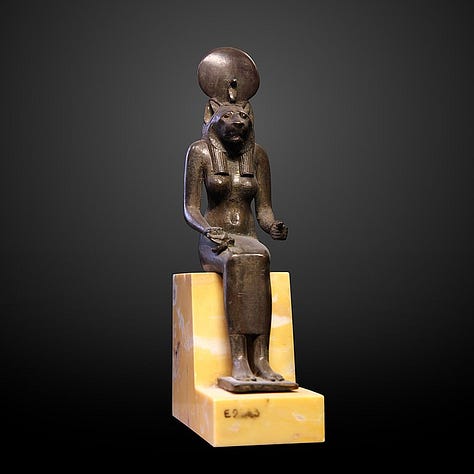

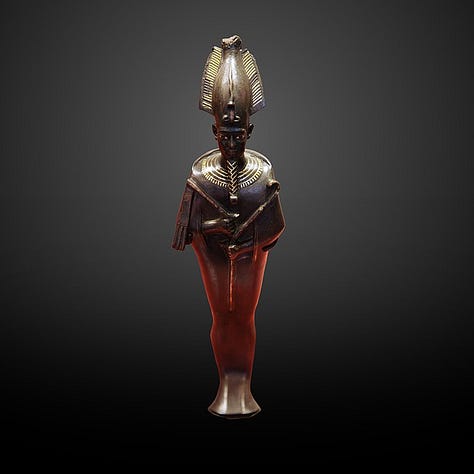
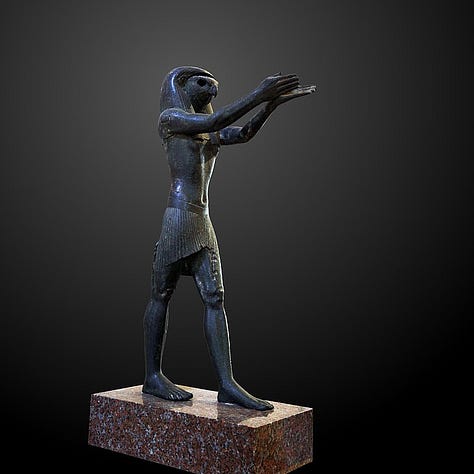
This program thankfully still exists! It’s now called La carte Amis du Louvre jeune, and there are even more options: Subscribe individually (€15 for those under 26 and €35 for those under 30) or as a duo (€28 for those under 26 and €60 for those under 30). If you are under 30 and spending any length of time in Paris, this is by far the best way to see The Louvre!




This was fascinating! Who would have guessed it would take that long to see everything at the Louvre! How fortunate you were to have spent so much time there!
I have been fortunate to have visited the Louvre several times and still have not seen it all. My pet peeve are tourists with their cell phones barging through museums as if they are on a marathon. I have been jostled, told to move and pushed out of the way of entitled tourists taking photos.